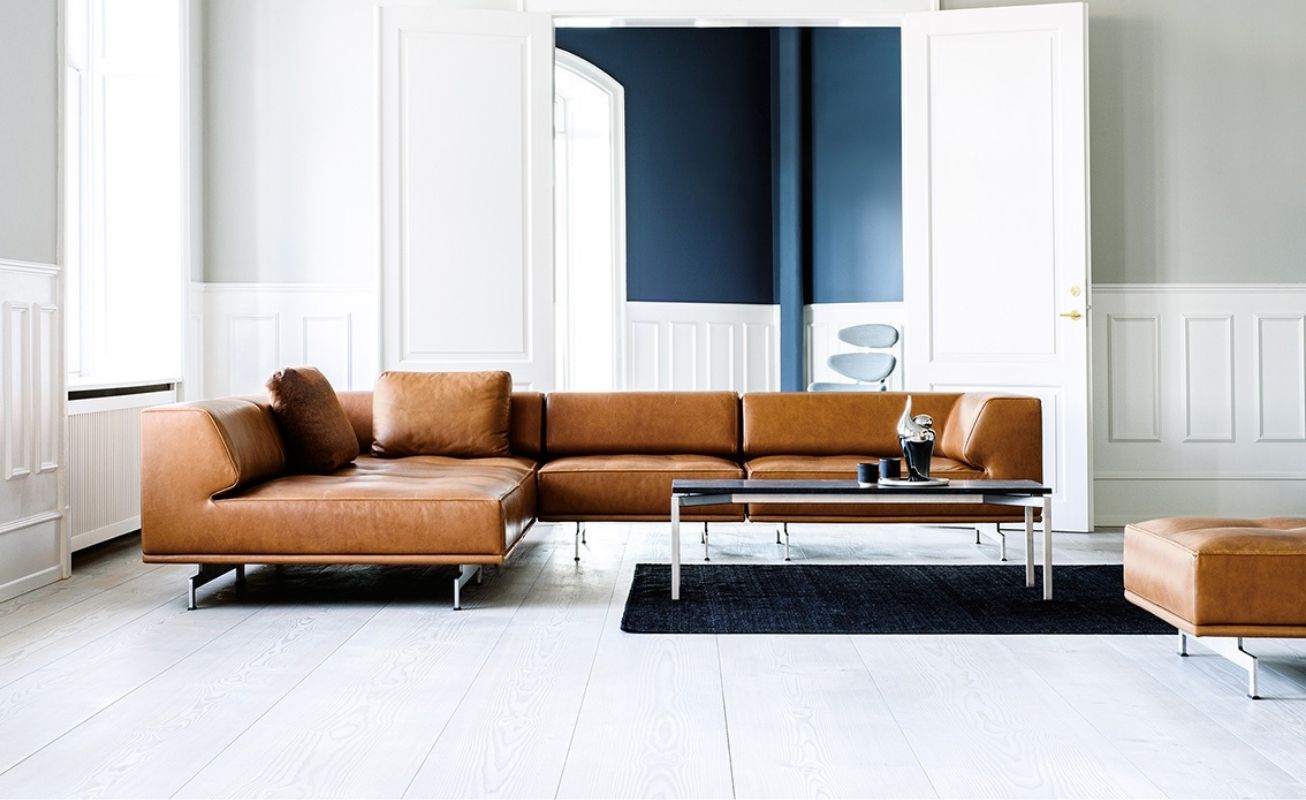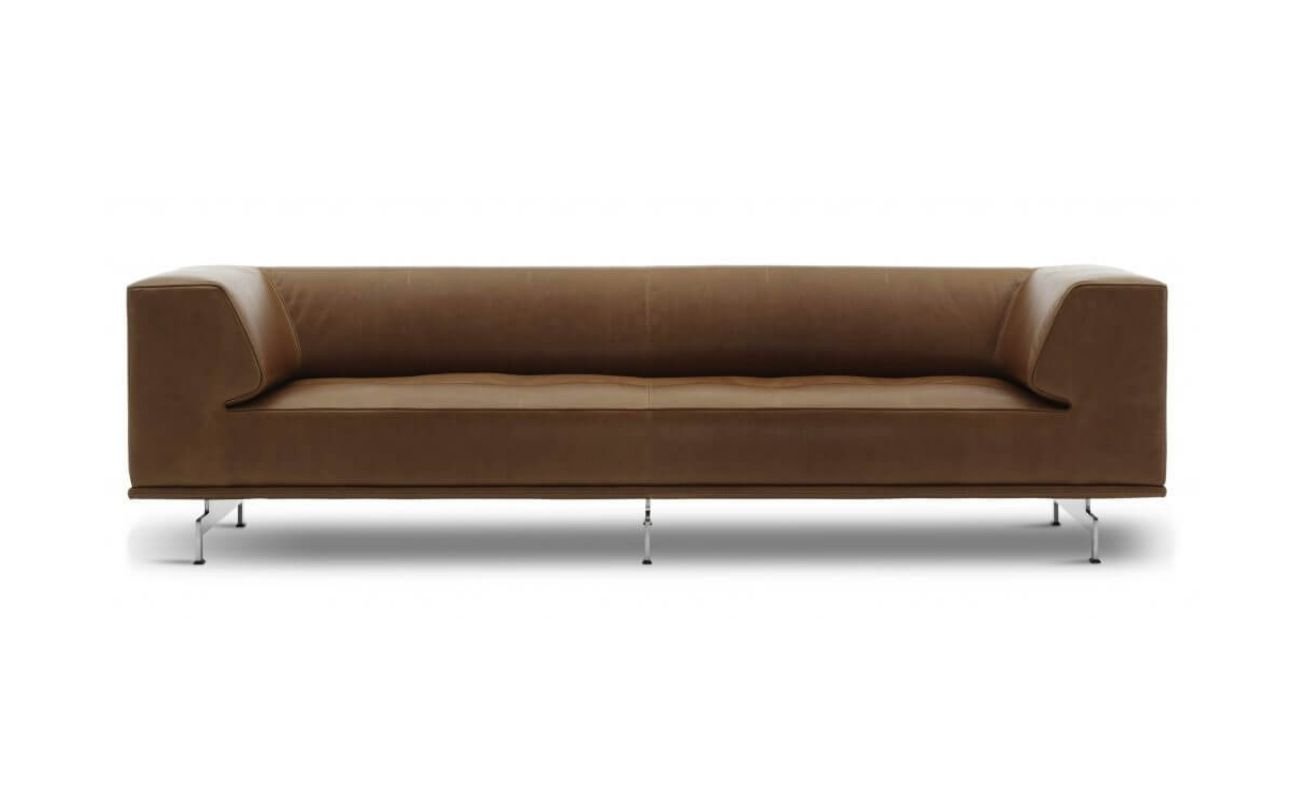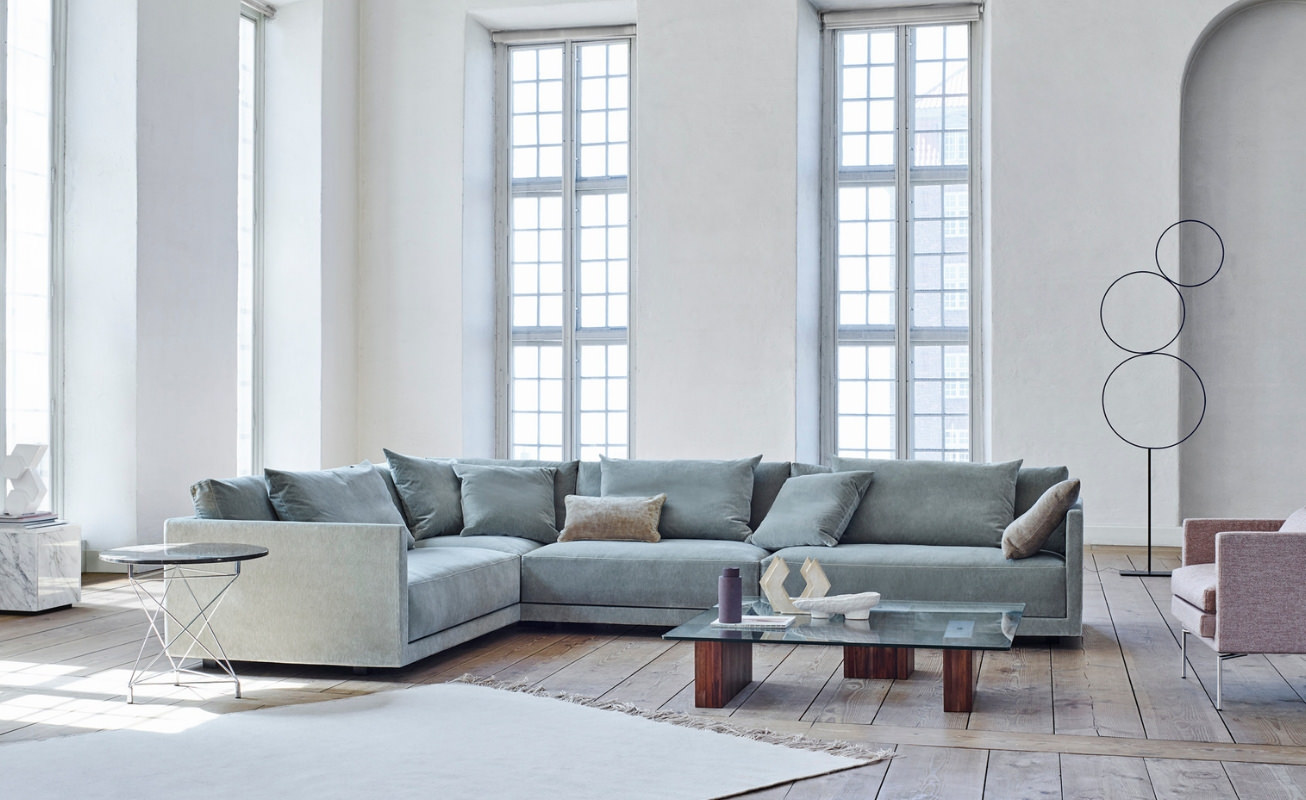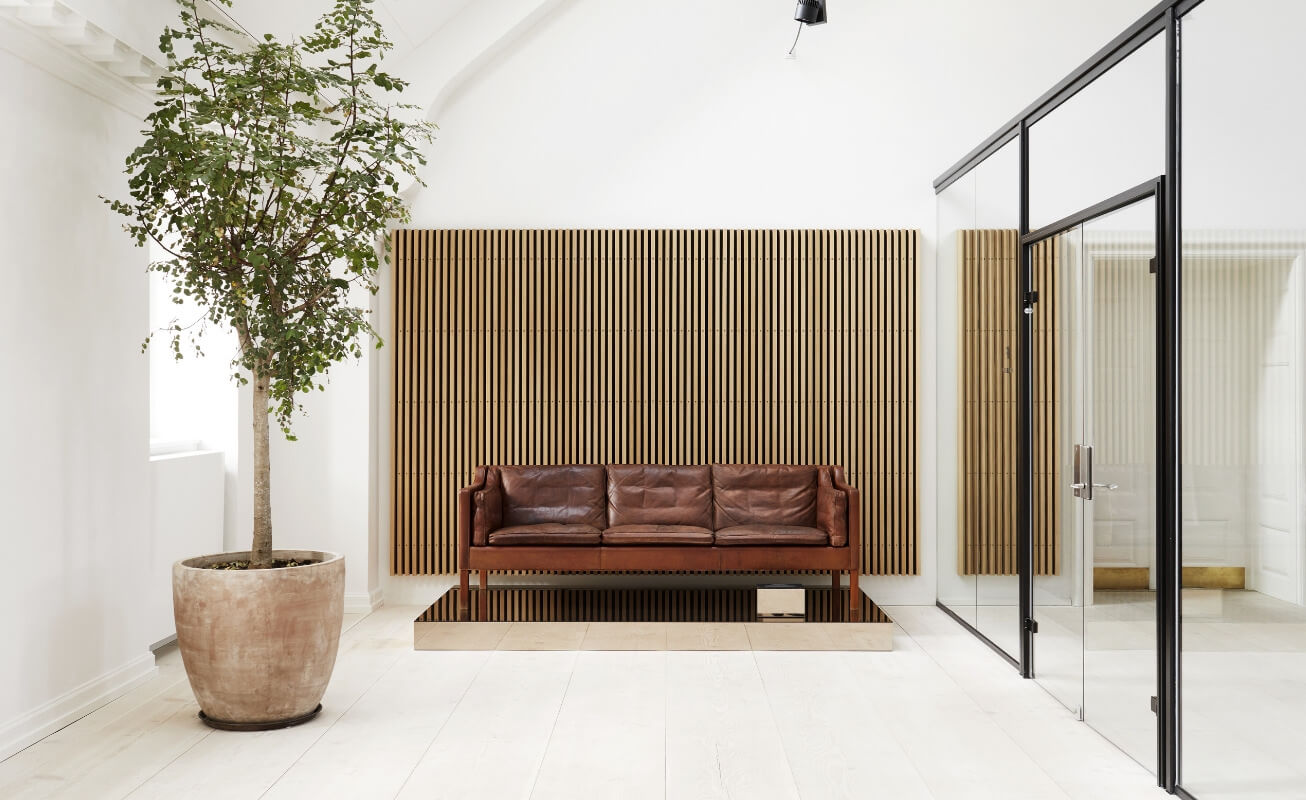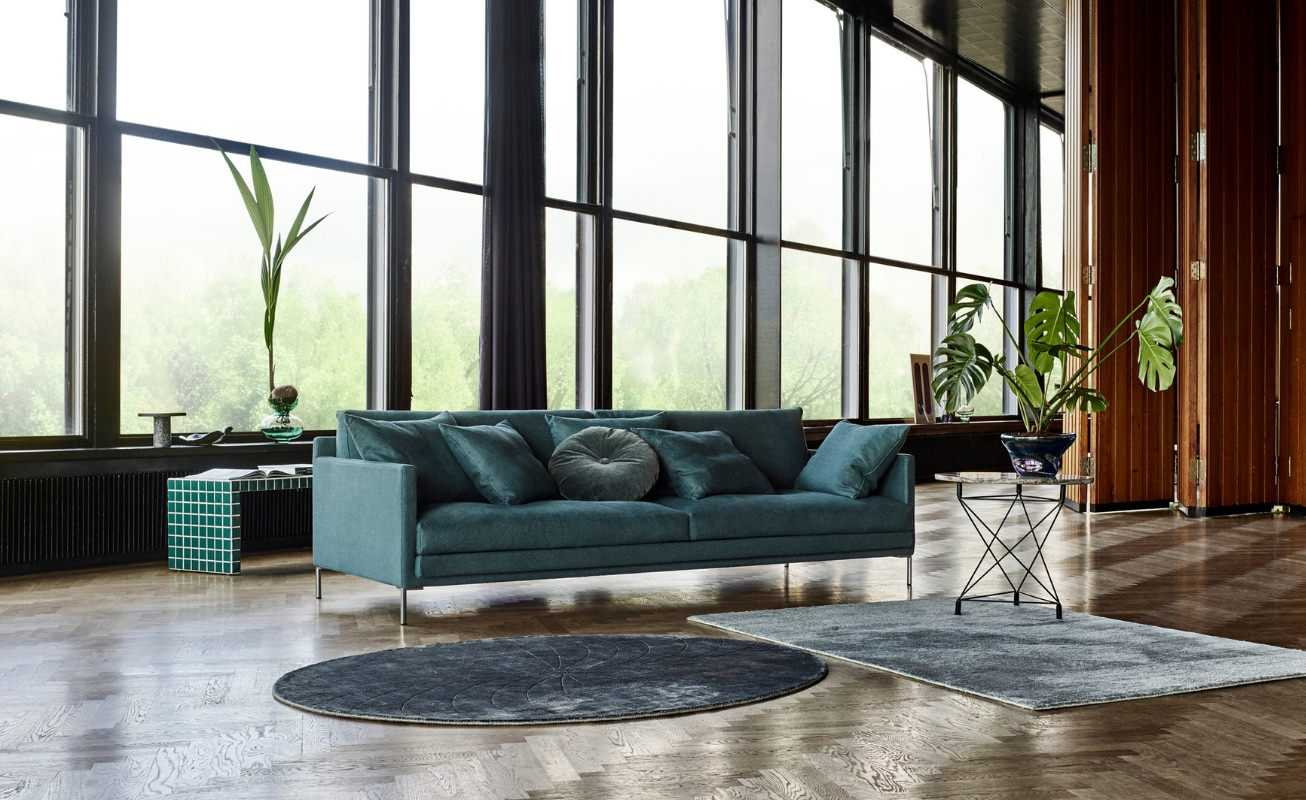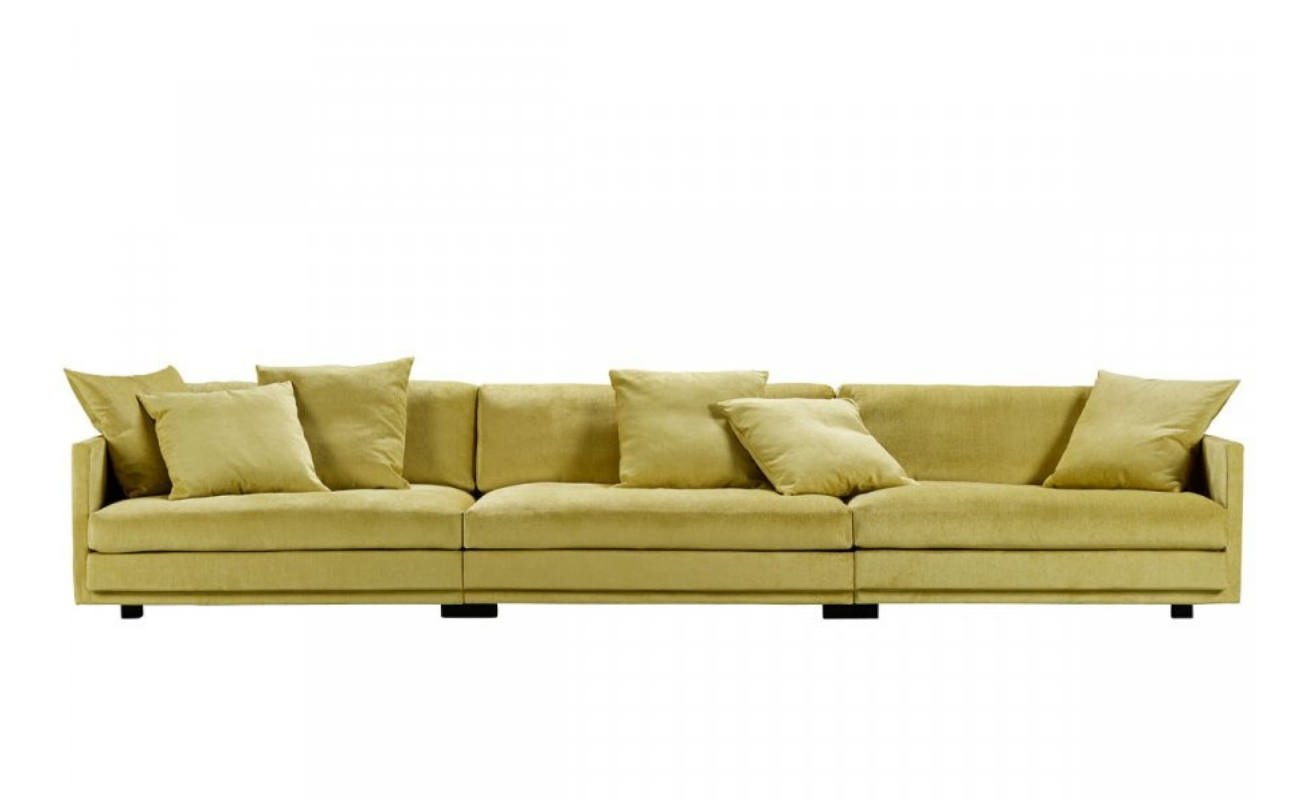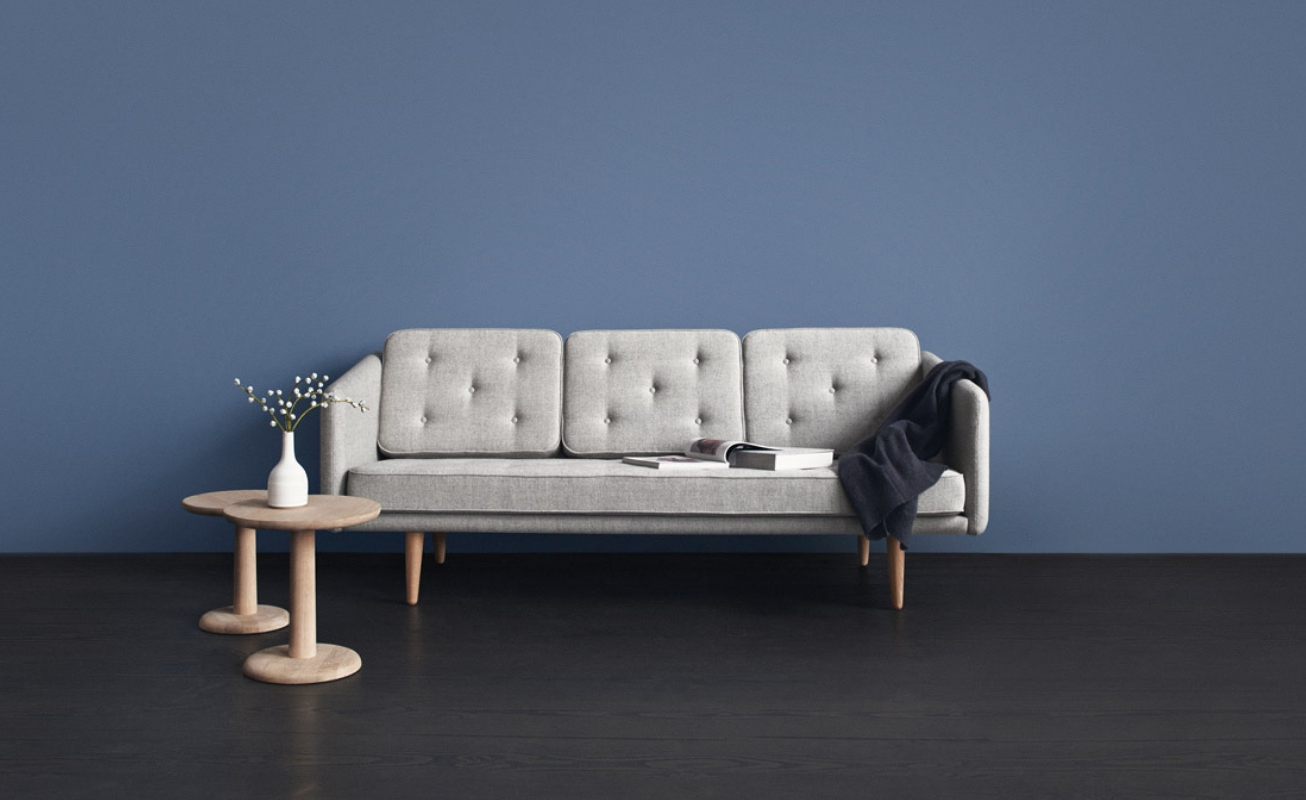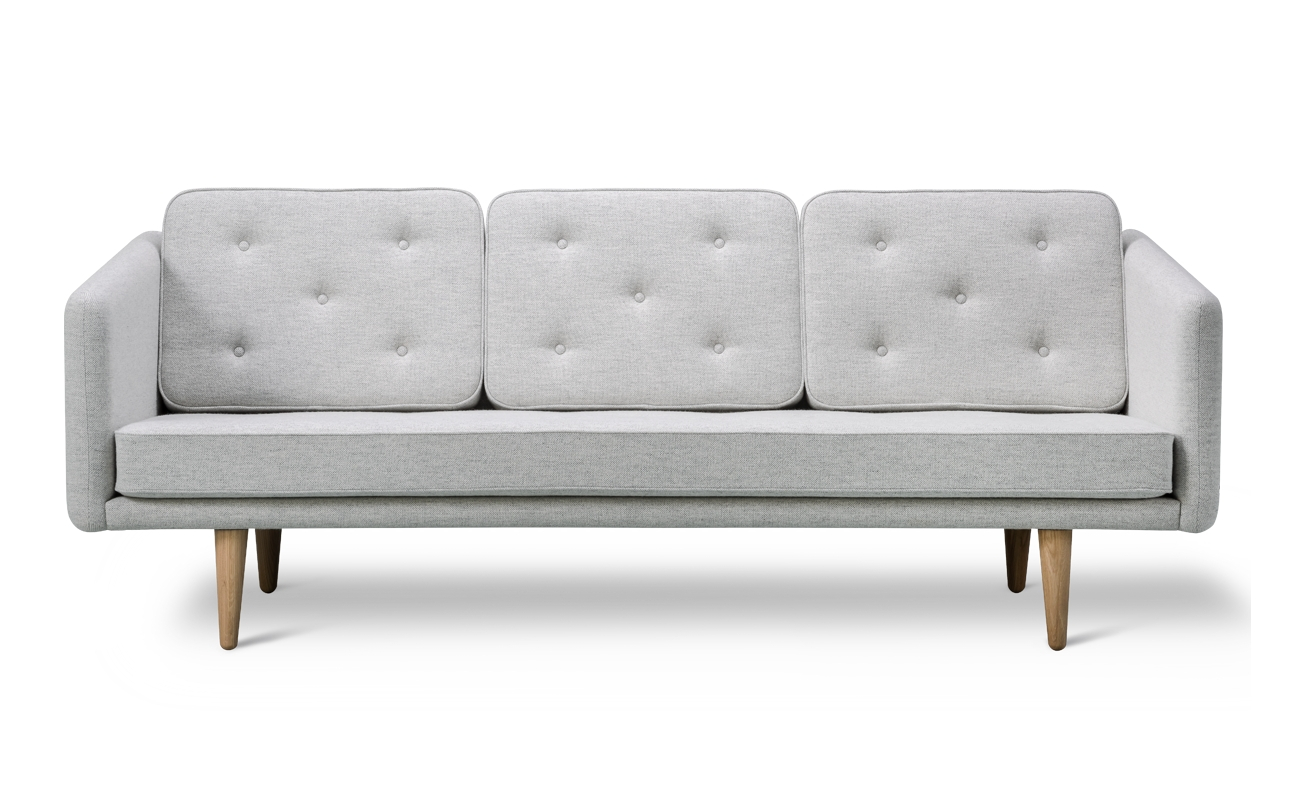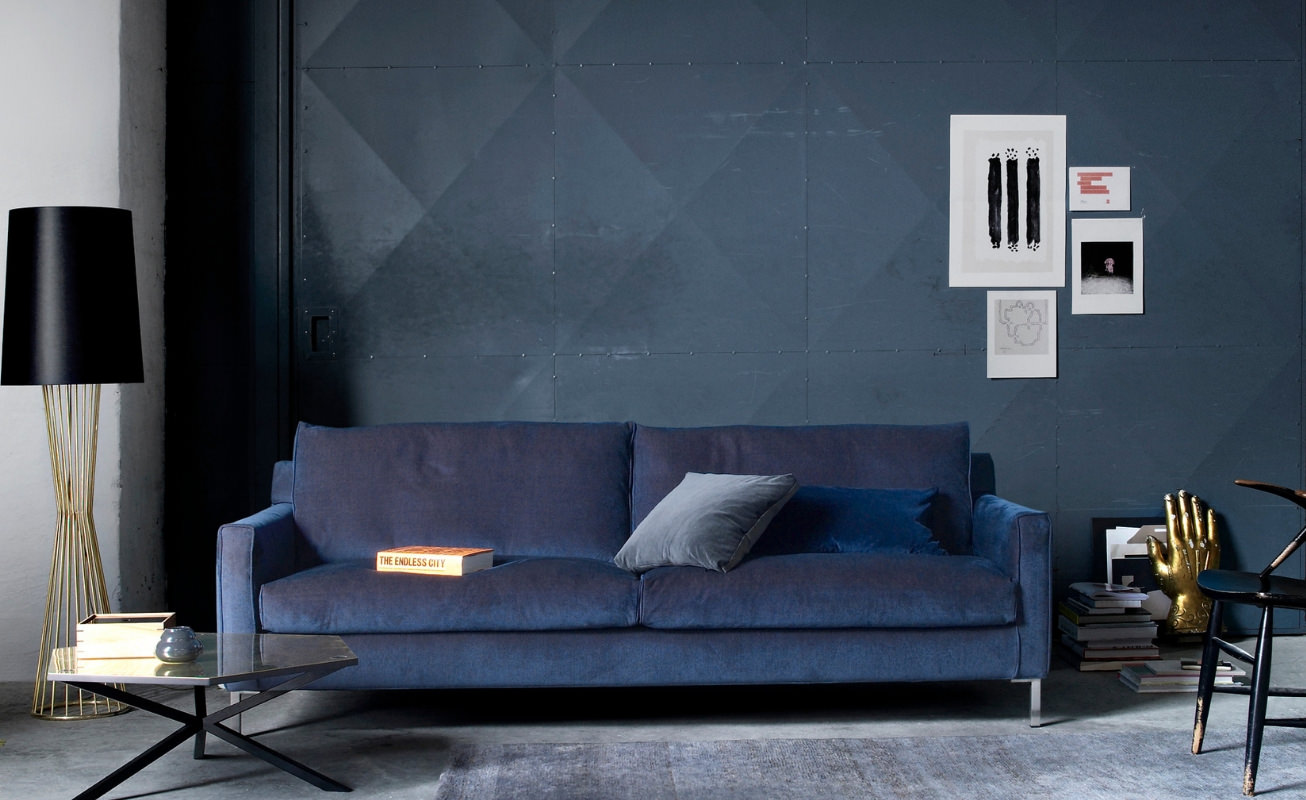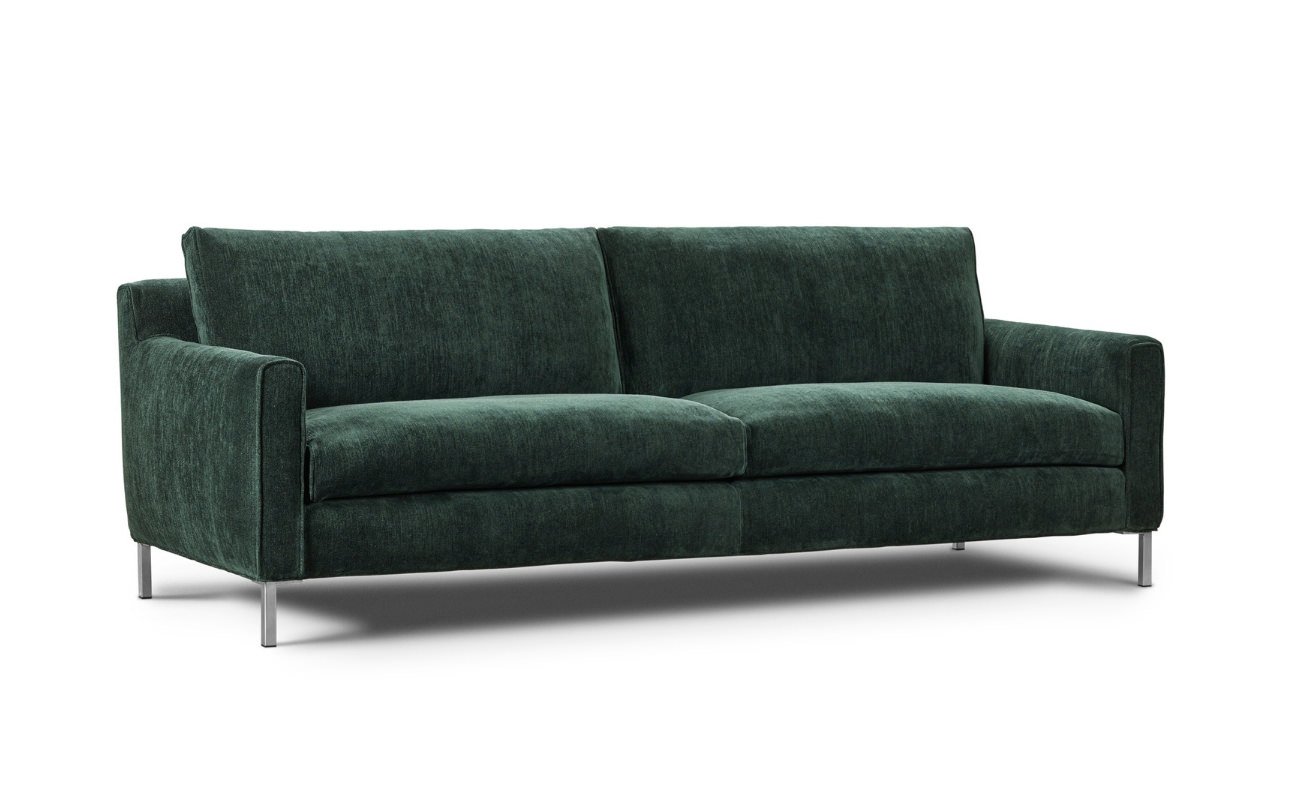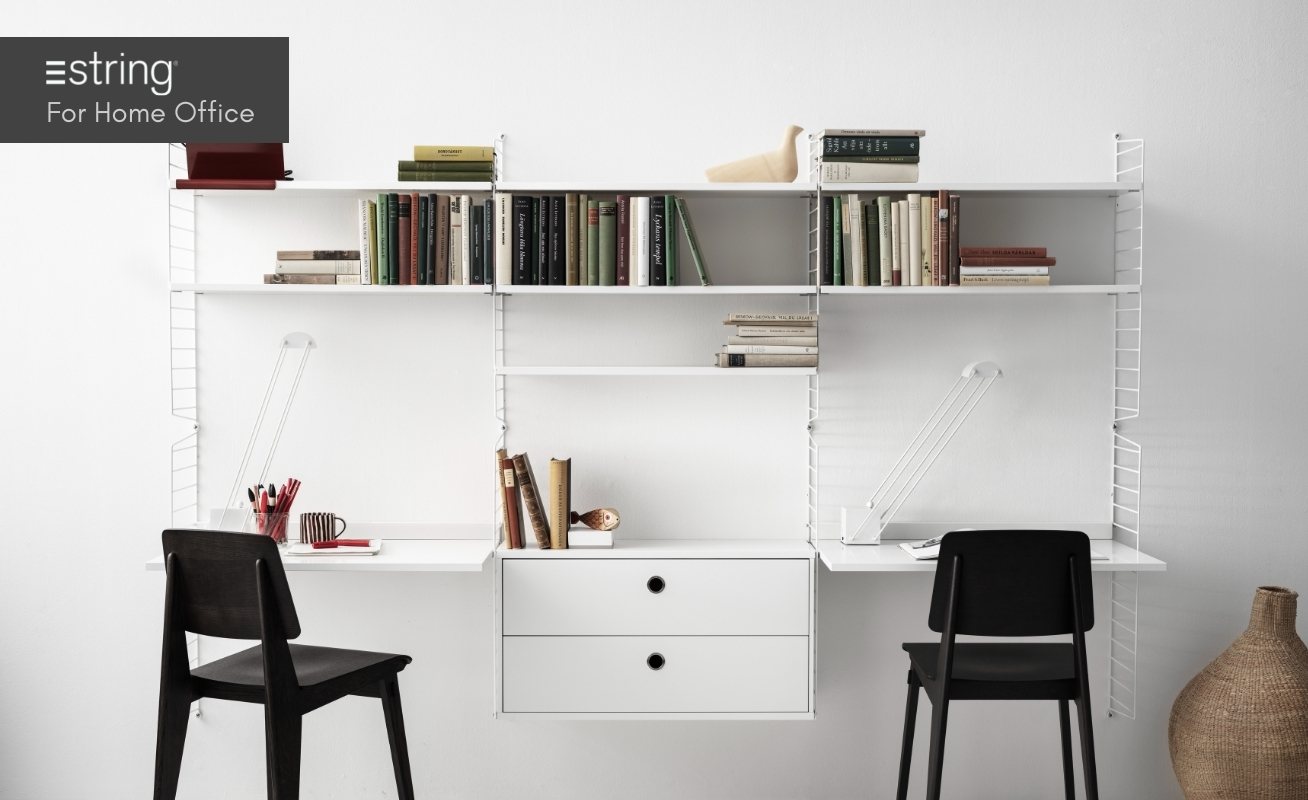Slow Furniture vs Fast Furniture: Why Heritage Brands Are Worth the Wait
When it comes to furnishing your home, the choice between slow and fast furniture can profoundly impact both your living space and your lifestyle in Singapore. Understanding the differences between these two approaches helps you make an informed decision. Lets explore why waiting for meticulously crafted heritage brand furniture is worth it compared to the quicker delivery process of fast furniture brands.
Slow Furniture: Timeless Design and Renowned Designers
The Danish Heritage furniture houses are what we term "slow" furniture. This includes Fredericia, House of Finn Juhl and Eilersen.
Timeless Design Slow furniture emphasises timelessness in its designs. These pieces are created to be versatile, appealing, and relevant across decades, avoiding the rapid trend shifts seen in fast furniture. Instead of following fleeting aesthetics, slow furniture focuses on timeless, classic lines, ensuring the furniture retains its appeal and integrates seamlessly with changing interiors.
Renowned Designers and Iconic Collaborations Many pieces of slow furniture are designed by celebrated, world-renowned designers, both past and present. Designers like Hans Wegner, Brge Mogensen, and Arne Jacobsen have significantly contributed to furniture that prioritises form, function, and aesthetics. This legacy continues to shape brands like Fredericia and House of Finn Juhl, adding design value and collectible significance to each piece, making it a work of art with a story to tell.
Durable, Long-Lasting Appeal Slow furniture isn't just about craftsmanship its about creating pieces that stand the test of time, both structurally and aesthetically. The design process involves extensive research into materials, finishes, and functionality to ensure relevance over time. These pieces are meant to age gracefully, becoming more beautiful with use.
Sustainability at the Core Slow furniture brands prioritise sustainability in their materials and production processes. The aim is to create something that wont need replacement, contributing to a more sustainable consumption model. Materials are often ecofriendly and responsibly sourced, ensuring minimal environmental impact over a long lifespan.
Fast Furniture: Trend Driven Design and InHouse Teams
The most extreme Scandinavian fast furniture is, of course, Ikea. However, the likes of Bolia and Bo-concepts can also be classed as fast furniture with outsourced high volume of production and a focus as follows:
Trend Focused, Fast Fashion Approach Fast furniture borrows heavily from fast fashion, prioritising the latest trends to appeal to consumers immediate desires. Designs are created with quick obsolescence in mind, encouraging customers to update their pieces regularly as trends shift. This often leads to products that quickly feel dated or out of place as styles evolve.
In House Designers with a Short-Term Vision Fast furniture brands often rely on inhouse design teams working at a rapid pace to keep up with market trends. These designers focus on what's popular right now, with less emphasis on the longevity or timeless appeal of each piece. The creative process is driven by sales data and short-term consumer behaviour, leading to high turnover designs prioritising immediate marketability over enduring quality.
Generally Lower Quality Materials and Finishes The quick production cycle and need for affordability often mean that fast furniture is built with lower quality materials. The focus is on low-cost production, so materials may be sourced from suppliers who can meet price demands but may not prioritise durability or environmental responsibility. This is in stark contrast to slow furniture brands, where material selection is meticulous and aimed at ensuring each piece lasts for generations.
Mass Customisation Rather Than True Personalisation While some fast furniture brands offer customisable options, these are often limited to surface-level choices like colour or fabric. True customisation, where each piece is crafted with specific client requests in mind, is rare in fast furniture due to the efficiency-driven production model. In contrast, slow furniture allows for a level of personalisation that meets both aesthetic and functional needs, making each piece uniquely suited to its owner.
Marketing Centric Brand Philosophy Fast furniture brands often allocate significant resources to advertising and brand building, positioning their products as trendy lifestyle choices rather than investments in quality. This can be appealing for short-term needs but contrasts sharply with slow furniture brands, which focus their resources on the product itself.
Why the Differences Matter for Consumers
These distinctions matter greatly for consumers because they underscore the broader impact of their purchasing decisions. Fast furniture is designed to be easily replaceable, which can lead to a cycle of continuous buying. In contrast, slow furniture is an investment in enduring quality and design. Slow furniture provides long-lasting physical support and timeless aesthetic value, while fast furniture offers quick solutions that may need replacing in a few years.
By choosing slow furniture, consumers support a heritage of craftsmanship, sustainability, and meaningful design, each piece crafted to add value to daily life for decades, not just seasons.
Illustrative Examples
No. 1 Sofa Designed by Brge Mogensen in 1955, the No. 1 Sofa unites a defined shape with a milder, more intimate character that fits any living room. This designer sofa embodies Mogensens signature minimalist









